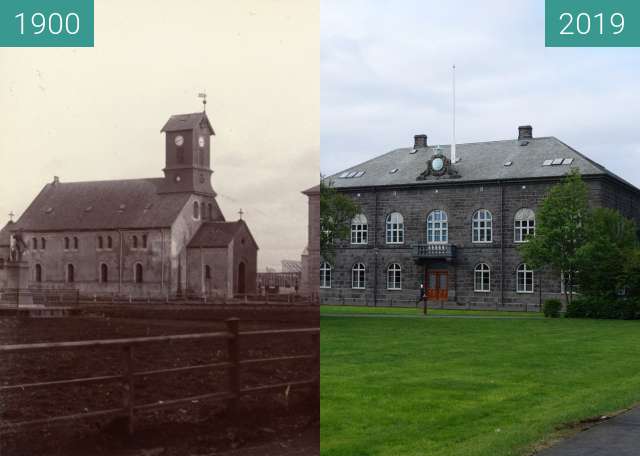Arctic sea-ice coverage
© NASA Scientific Visualization Studio
none
near Reykjavík
© NASA Scientific Visualization Studio
Beängstigend... Sehr gute Sendung zu dem Thema: https://www.zdf.de/comedy/die-anstalt/die-anstalt-vom-27-februar-2018-100.html
Scary ... Very good program on the subject: https://www.zdf.de/comedy/die-anstalt/die-anstalt-v-27-february-2018-100.html
Fetching images...










The area of the Arctic Ocean covered in ice increases during the winter and then shrinks during the summer, usually reaching the year’s low point in September.
The minimum coverage for 2012 set a record low since at least 1979, when the first reliable satellite measurements began. These images compare the 1984 minimum, which was roughly equal to the average minimum extent for 1979–2000, with that of 2012, when the minimum was about half that. The 2013 minimum was larger, but continued the long-term downward trend of about 12 percent sea-ice loss per decade since the late 1970s, a decline that accelerated after 2007. The 2016 minimum was tied for the second-lowest on record.
“At the rate we’re observing this decline,” said NASA scientist Joey Comiso, “it’s very likely that the Arctic’s summer sea ice will completely disappear within this century.”
Images by NASA Scientific Visualization Studio. Information sources: 2012: NASA Earth Observatory, 2013: NASA Earth Observatory, 2016: NASA Global Climate Change.